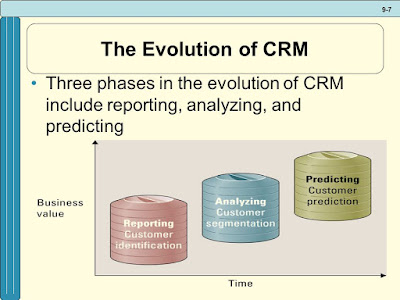CHAPTER 12 (MGT300)
Integrating the Organization from End
to End – Enterprise Resource Planning
- · At the heart of all ERP systems is a database, when a user’s enters or updates information in one module, it is immediately and automatically updated throughout the entire system
- · ERP systems automate business process
·
The Evolution of ERP
Integrating SCM, CRM and ERP
- · SCM, CRM and ERP are the backbone of e-business
- · Integration of these applications is the key to success for many companies
- · Integration allows the unlocking of information to make it available to any user, anywhere, anytime
- · SCM and CRM market overviews
- · General audience and purpose of SCM, CRM and ERP
·
Integration Tools
- · Many companies purchase modules from an ERP vendor, and SCM vendor, and a CRM vendor and must integrate the different modules together
- - Middleware- several different types of software which sit in the middle of and provide connectivity between two or more software applications
- - Enterprise application integration (EAI) middleware- packages together commonly used functionality which reduced the time necessary to develop solutions that integrate applications from a multiple vendors
Enterprise Resource Planning (ERP)
- · ERP systems must integrate various organization processes and be:
- Flexible
- - Modular and open
- - Comprehensive
- - Beyond the company
- · ERP solutions are growing because:
- - ERP is a logical solution to the mess of incompatible applications that had sprung up in most businesses
- - ERP addresses the need for global information sharing and reporting
- - ERP is used to avoid the pain and expense of fixing legacy systems







Comments
Post a Comment